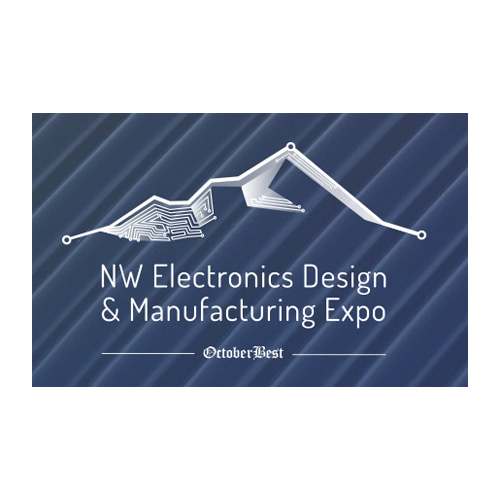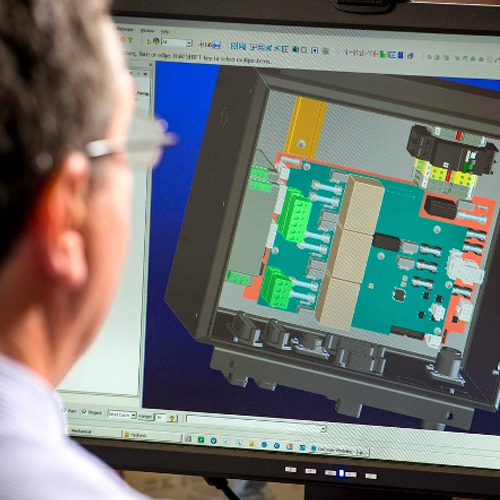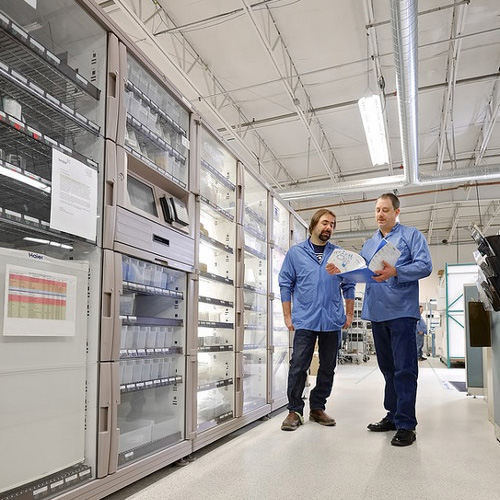Please take a few minutes to read the latest Milwaukee Electronics Quarterly Newsletter. In this issue, we discuss: Read More
Next week, on Wednesday October 7th, Milwaukee Electronics will be at the NEDME Show exhibiting. It’s a great local show we attend every year and we’d love to see you there! The show is located on the Tektronix Campus in Beaverton, Oregon. Read More
The latest Milwaukee Electronics company newsletter is out! Please take a few minutes to read the articles we’ve put together, including: Read More
As technology continually advances, new challenges also thereby repeatedly arise for circuit board designers who aim to create products that are both economical to manufacture, and uncomplicated to test. Design for Test (DFT) is a methodology used by PCB designers, Read More
Milwaukee Electronics is pleased to announce the addition of a highly prominent representative firm to our sales team – Insync Engineering Solutions, LLC – headquartered in Littleton, Colorado. Read More
For electronics contract manufacturers like Milwaukee Electronics, helping our customers bring new products to market in a fast, efficient, and highly strategic way is what makes us stand out. Therefore, a review of the New Product Introduction (NPI) process within Read More
Please take a few minutes to read our latest company newsletter! Inside you’ll find information on people, processes, and happenings for Milwaukee Electronics, our customers, suppliers, and our industry. Read More
Over the last few years, technological advancements have brought along dramatic improvements in efficiency and connectivity. The enhanced ability for people to share information and work together from a distance has never been easier, Read More






